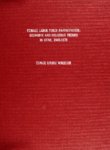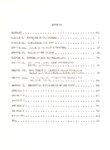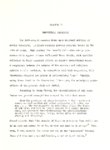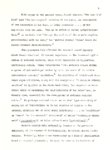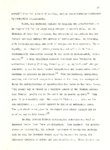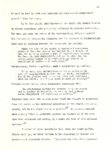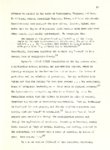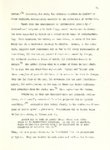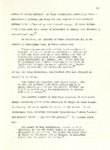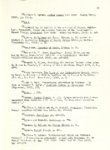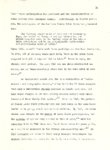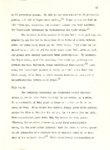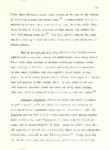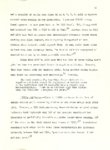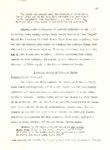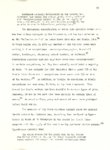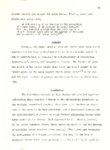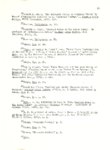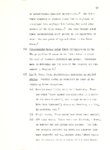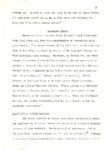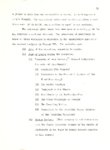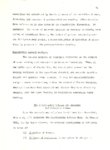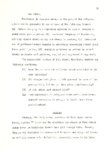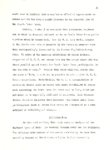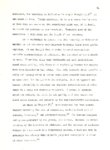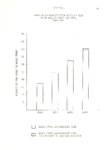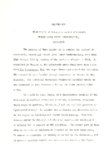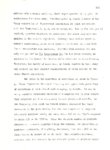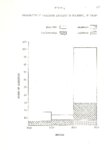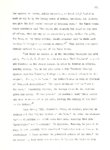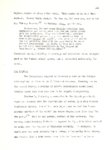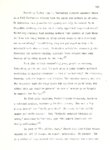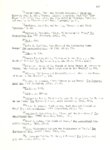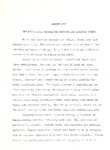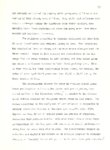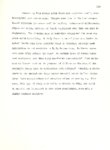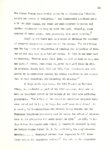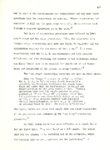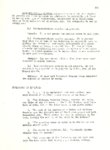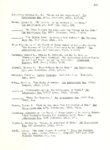| Description |
The problem.--This thesis compares the trend in Utah female labor force participation with the trend in religious values concerning that participation, as expressed by the leaders of the dominant religion in Utah (Church of Jesus Christ of Latter Day Saints). The time period studied is 1940-1970. The study thereby focuses on specific aspects of two sociocultural spheres, the economic and the religious. It delineates trends in each separately, then compares them in terms of direction and timing of changes. l1oreover, it includes a consideration of evidence of resistance in one sphere to changes in the other. Theoretical framework.--While the nature of this study is descriptive, the theoretical framework indicates certain expectations as to the findings. It is expected that: 1.) Female labor force participation will be seen to increase. 2.) Changes in female labor force participation. perse will precede changes in official religious values concerning it, resulting in a disjuncture between the' economic and religious spheres. 3.) Religious value definitions will demonstrate resistance to change in actual female work force participation. Source of data.--U. S. decennial census data for the state of Utah are used to describe female work force activity, overall and with respect to age and marital status, during the three decades. Statements by religious leaders are drawn from The Improvement Era, the principal Church periodical for the years under study, by use of a published index to the magazine. |

